The Eternal Lord Beyond Time

Lord Shiva, one of the principal deities of Hinduism, is revered across cultures as the destroyer and transformer within the divine trinity—Brahma the creator, Vishnu the preserver, and Shiva the destroyer. But beyond his role as a cosmic destroyer, Shiva is also known by a profoundly philosophical title—‘Mahakaal’.
Why is Shiva called Mahakaal? What does this title signify? To understand this, we must delve into the complex relationship between Shiva and time (Kaal)—a force that governs all creation, decay, and rebirth.
What Does 'Mahakaal' Mean?
The word Mahakaal is derived from two Sanskrit terms:
Maha – Great or ultimate
Kaal – Time or death
Thus, Mahakaal literally means “The Great Time” or “The Lord of Time”. But in a deeper sense, it signifies:
The master of time
The destroyer of time
The one beyond the grasp of time
In Hindu cosmology, Kaal is not just a measure like seconds or hours—it’s a cosmic principle, an eternal cycle that governs birth, growth, decay, and death. Shiva, as Mahakaal, stands above and beyond this cycle.
Shiva and the Concept of Time in Hinduism
Time in Hindu philosophy is cyclical. The Kalachakra or “wheel of time” rotates endlessly through four Yugas:
Satya Yuga (Golden Age)
Treta Yuga
Dvapara Yuga
Kali Yuga (Dark Age)
Each of these cycles repeats indefinitely, symbolizing the endless birth-death-rebirth loop of the universe.
While time traps everything within its flow, Shiva, as Mahakaal, is the still point around which this wheel spins. He is the destroyer of each cycle and the one who resets the universe, ensuring the cosmic balance.
The Story of Mahakaal – Origin from Ujjain

The name Mahakaal also has a fascinating legend associated with the city of Ujjain (Madhya Pradesh), one of the seven Moksha-puris (cities of liberation).
The Ujjain Mahakaaleshwar Temple Legend:
According to the Shiva Purana, a demon named Dushana was tormenting the city of Avantika (now Ujjain), attacking sages and destroying their rituals. The sages prayed to Lord Shiva for protection.
Appearing in a blazing, terrifying form, Shiva annihilated Dushana and established himself in Ujjain as Mahakaaleshwar—the Lord of Time and Death.
From this day, the city came to be associated with Mahakaal. The Mahakaaleshwar Jyotirlinga, one of the 12 sacred Jyotirlingas, remains a powerful center of Shaivism and tantra worship.
Mahakaal as the Destroyer and Liberator
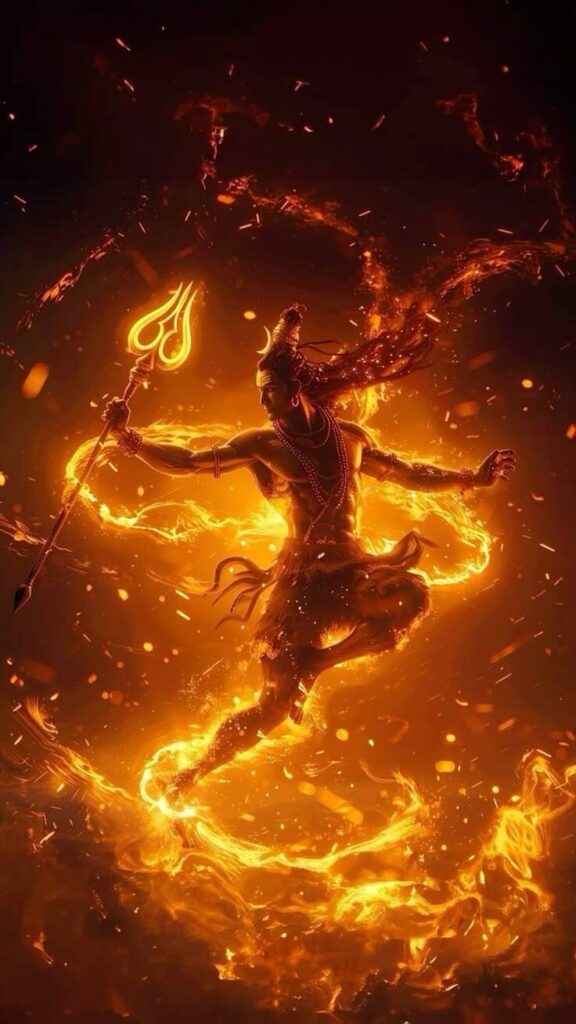
Most people associate the title Mahakaal with death. But Shiva’s destruction is not violent or negative—it is transformational. As Mahakaal, Shiva:
Destroys illusion (Maya)
Ends ego (Ahamkara)
Liberates the soul from the bondage of time and karma
In this way, Shiva is both the end and the liberation.
“To reach eternity, one must transcend time. Mahakaal is not death—he is freedom from the illusion of death.”
Mahakaal in Tantra and Aghora Traditions
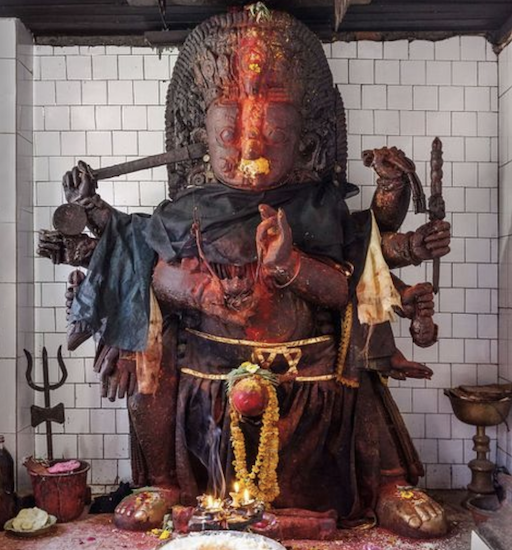
In Tantric and Aghori traditions, Mahakaal holds a supreme place. Here, the goal is not to fear death or time but to embrace and transcend them.
Mahakaal is worshipped in cremation grounds (Shmashaan), signifying detachment and the acceptance of life’s ultimate truth—death.
Aghoris meditate upon Mahakaal to free themselves from fear, ego, and the dualities of life.
Through these fierce practices, Shiva as Mahakaal becomes the pathway to moksha—freedom from the endless cycles of rebirth.
Scientific Interpretations – Shiva and the Black Hole
Modern thinkers and scientists often draw symbolic parallels between Shiva and cosmic phenomena.
Shiva’s tandava (cosmic dance) is likened to subatomic particles vibrating in the quantum field.
As Mahakaal, Shiva’s destructive energy is compared to a black hole—a cosmic force that consumes time, matter, and light itself.
Just as a black hole lies beyond spacetime and conventional physics, Mahakaal transcends time and space.
This symbolism appeals not only to spiritual seekers but also to those fascinated by quantum physics and cosmology.
Mahakaal in Scriptures and Texts
Shiva as Mahakaal is mentioned in several ancient scriptures:
Shiva Purana – Narrates the Mahakaaleshwar legend
Skanda Purana – Describes Ujjain as the place where Mahakaal resides
Mahabharata – Refers to Shiva as the lord beyond time
Kaal Bhairav Stotra – A hymn to a fierce form of Mahakaal
Each of these texts reinforces the same truth: Mahakaal is not merely a destroyer, but a divine intelligence that governs time itself.
Mahakaal in Popular Culture and Modern Times
The image of Shiva as Mahakaal has grown popular in contemporary culture:
Films like “Tumbbad” and “Kantara” indirectly explore Shiva’s darker and more mysterious avatars.
The chant “Har Har Mahakaal” has become a spiritual war cry, especially among youth.
Mahakaal tattoos, jewelry, and art have surged in popularity, symbolizing fearlessness, strength, and detachment.
This shows how the archetype of Mahakaal continues to inspire even in the 21st century.
Mahakaal and the Inner Journey
Understanding Shiva as Mahakaal is not just theological—it’s deeply personal.
In spiritual terms:
Time is the ego—always running toward the future or clinging to the past.
Mahakaal is awareness—the present moment, eternal and timeless.
Through practices like:
Meditation
Shiva mantras (Om Namah Shivaya, Mahamrityunjaya Mantra)
Contemplation on impermanence
…one begins to experience the Mahakaal within—the silent witness untouched by the drama of life.
My Opinion: Mahakaal is Within You
Shiva as Mahakaal represents the eternal, unchanging reality that lies beyond our everyday experience of time. Whether you see him as a fierce god, a cosmic force, or a symbol of self-realization, Mahakaal calls us to go beyond fear, illusion, and time itself.
By meditating on Mahakaal, we align ourselves with the timeless core of existence. We recognize that death is not an end, but a doorway—and that Shiva is waiting on the other side, not as a destroyer, but as a liberator.
“Time devours all. But Mahakaal devours even time.”
FAQs on Shiva as Mahakaal
Q1: What is the difference between Kaal and Mahakaal?
Kaal means time or death. Mahakaal is the one who controls and transcends time and death.
Q2: Why is Mahakaal worshipped in Ujjain?
According to legend, Shiva appeared as Mahakaal in Ujjain to destroy a demon and protect his devotees. This led to the establishment of the Mahakaaleshwar Jyotirlinga.
Q3: What is the significance of Mahakaal in Aghori practices?
Aghoris worship Mahakaal to overcome fear, transcend dualities, and attain moksha by confronting
Related posts:
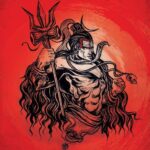 Who is Shiva? – The Supreme Consciousness in Sanatan Dharma
Who is Shiva? – The Supreme Consciousness in Sanatan Dharma
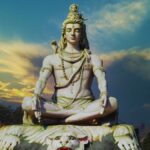 Shiva in the Puranas – Exploring the Legends of the Mahadev
Shiva in the Puranas – Exploring the Legends of the Mahadev
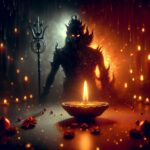 Why Celebrate Narak Chaturdashi? The Story, Significance, and Benefits of Worship
Why Celebrate Narak Chaturdashi? The Story, Significance, and Benefits of Worship
 Why is the Chaitra Month So Important?
Why is the Chaitra Month So Important?
 The Significance of Eid al-Adha in Islam: Why Sacrifice Matters
The Significance of Eid al-Adha in Islam: Why Sacrifice Matters
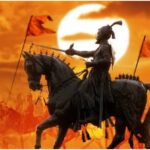 Veer Shiva Ji: The Legendary Warrior’s Tale
Veer Shiva Ji: The Legendary Warrior’s Tale
